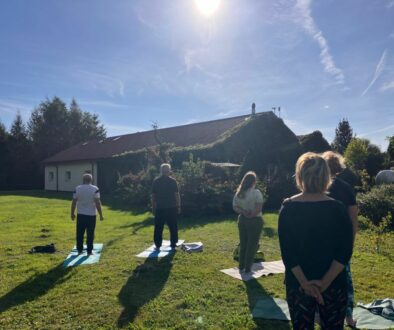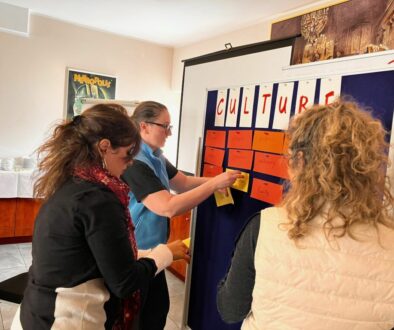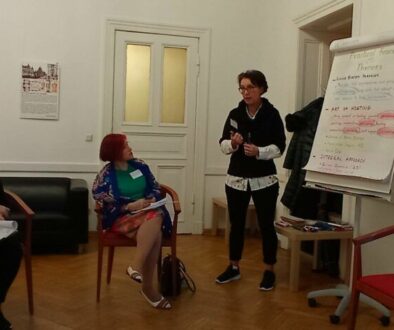SIETAR AUSTRALASIA CONFERENCE 2016
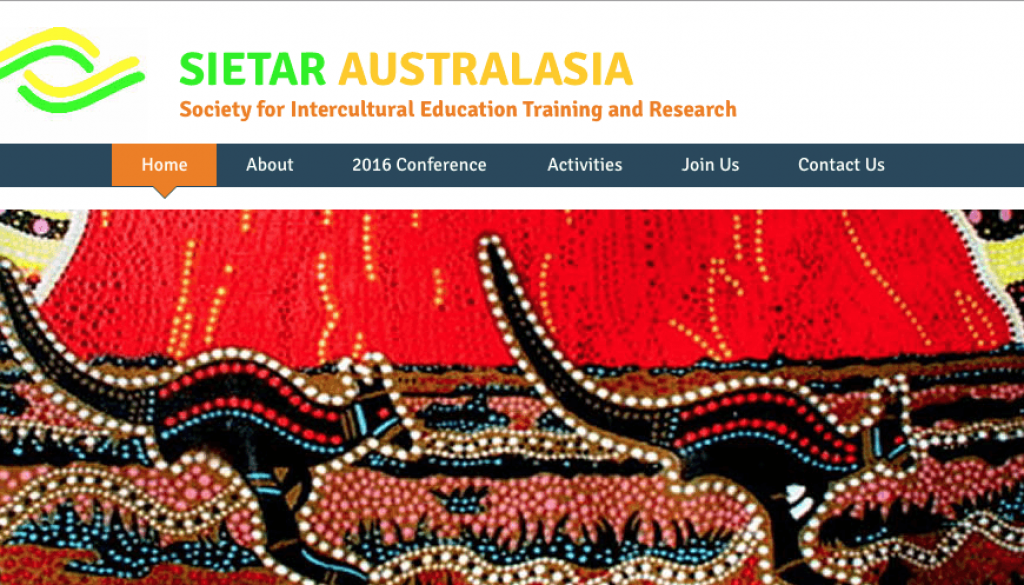
I just returned from the SIETAR Australasia conference in Sydney and want to take a moment to share some highlights with you and reflect upon my enriching experiences there.
SIETAR Australasia is a young organisation, but a part of the worldwide Intercultural Education Training and Research network! There is definitely a a need to work at achieving multiculturalism in Australia, New Zealand, New Guinea, and the islands of Australasia and we are aware that we can and should learn from and teach each other.
This conference was a living example of that!
On the first day of the conference we started with the great introduction from Janet Bennet. Janet is is executive director of the Intercultural Communication Institute and chair of the ICI/University of the Pacific Master of Arts in Intercultural Relations program. Her new publication the SAGE Encyclopaedia of Intercultural Competence is an authoritative and rigorous source on intercultural competence and related issues, making it a must-have reference for all academic libraries!
During the first day we explored the cultural heritage, looking for the answer of the questions how intangible and tangible culture has created and shaped Australian and global culture. Thank you Lucy Taks – Associate Dean (Research) in the Faculty of Business and Economics of the Macquarie University in Sydney – for the value input!
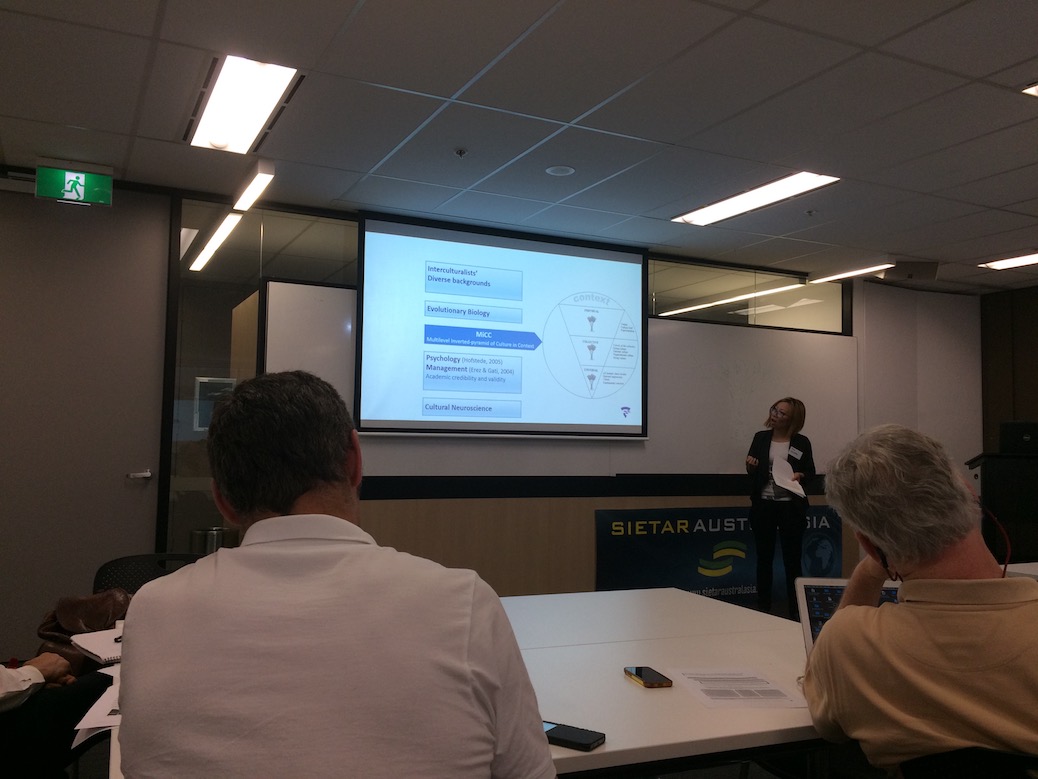
Vick Gwyn from Australian War Memorial Museum gave us an amazing personal reflection on the cultural identity and inclusivity in the Museum and Caroline Bouten-Pinto – who is is passionate about enabling people to work effectively with diversity – was pondering on inclusion and diversity practice, looking for the answer of the important question: what are we really missing?
As Practitioners we all know how important is the first 20 minutes in a multicultural learning space, but do you know what KATA is all about? Well, I did not, but thanks to Rika Rasaoka from Intercultural Business Solution I have learned more about this management approach and a routine for moving from the current situation to a new situation in a creative, directed, meaningful way. Outstanding!
Phuong-Mai Nguyen from University of Applied Sciences in Amsterdam introduced a new framework of culture and cultural analysis. Her Multi-level inverted-pyramid of Culture in Context (MiCC) provides a systematic and comprehensive analysis of culture, helping to explain and anlyse culture in a more robust way while taking into account many more layers of meanings and diversity. Well done!
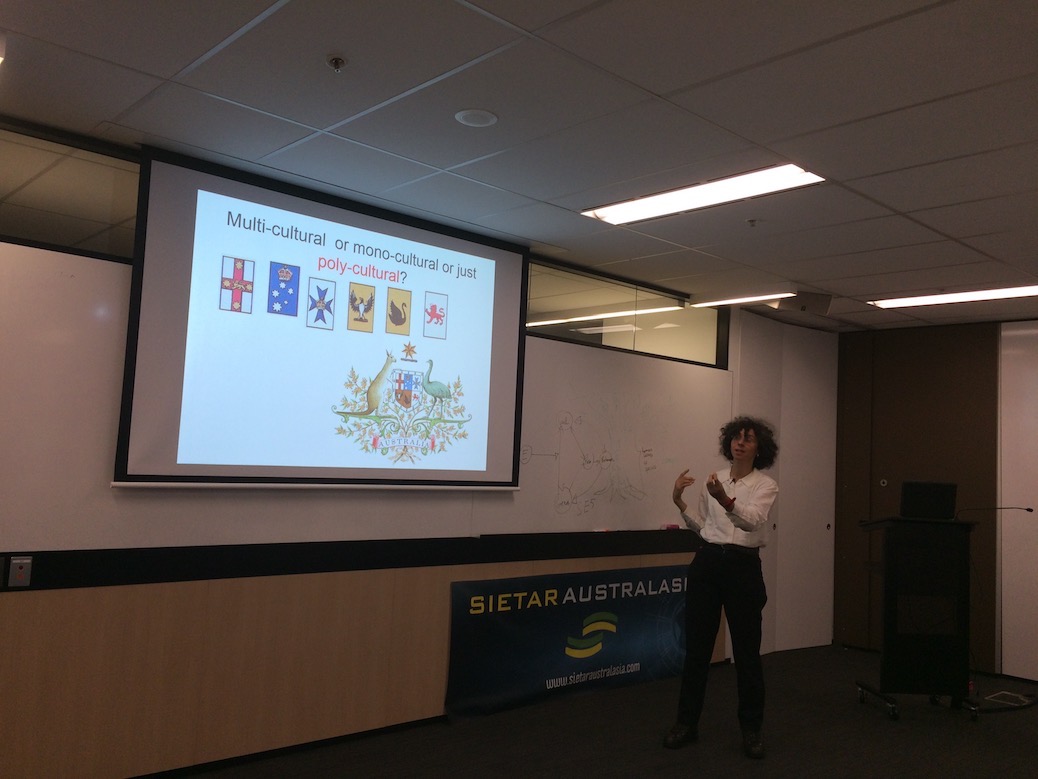
Bettina Szkudlarek – a Senior Lecturer in Management at the University of Sydney Business School and a co-organise of this conference framed the day one with the comprehensive insights on intercultural training.
The second day we continued our discussion about migration and intangible and tangible culture with the engaging inputs from Egil Bakka from Finland. Hatice Sitki – the president of SIETAR Australasia and a national myths and symbols consultant – using an example of ANZAC multiculturally 2015 centenary called for multicultural identity, which should include hidden diversity of modern Australia: white, British, European, royal, Indian, Tongan or Russian…they all form part of a sum that makes up the whole.
Antione Burke – Professional Skills Trainer in his practical journey shared with his experienced working with migrants and refugees and the humble me has been made a presentation on integral approach. I have tried to look at the human migration through the AQAL lens. AQAL is an acronym for all quadrants and all levels, which in turn is shorthand for all quadrants, all levels, all lines, all states, and all types and it is the most comprehensive maps of human existence ever proposed in the course of human history. My main idea was that open world begins with an open mind.
We can create a open welcome migrants society, we can create institution where collaboration and participation is possible, but we have to starts with ourselves. Dalai Lama put it in simpler terms: we need to more consciously and regularly let others around us know how much we value them.
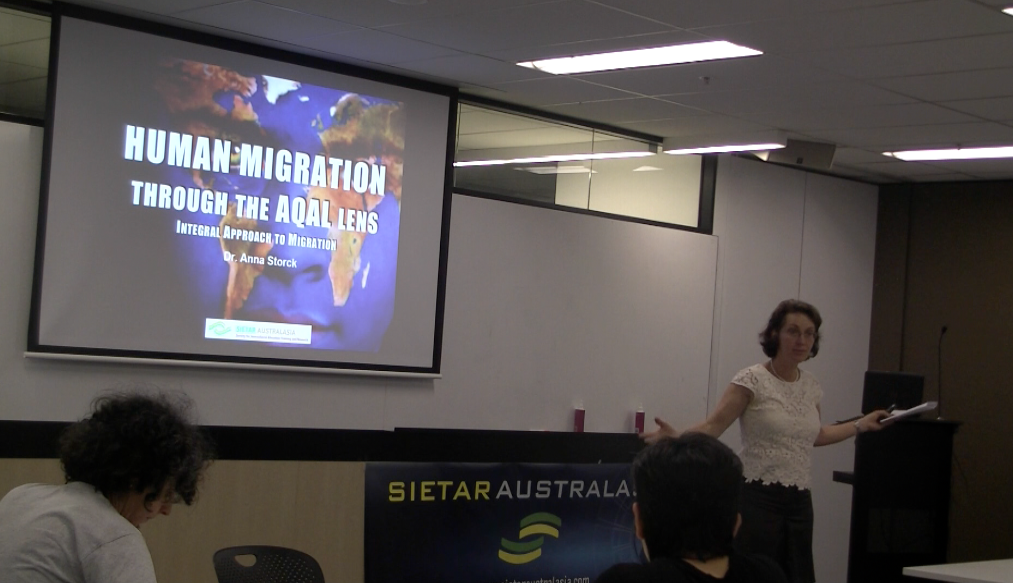
And this brings me to my concluding remarks: this conference was very well organised and very successful with the scientific programme, the positive international atmosphere and the welcoming spirit.
To explain all features, summarise and synthesise all the main ideas, conclusions and recommendations from this significant SIETAR Australasia conferences would go beyond the scope of the discussion, but generally I can say that it has been a great experience, very well organised conference and very successful with the scientific programme, the positive international atmosphere and the welcoming spirit. I met many intelligent and sharp international colleagues, experienced teachers and trainers, legal experts, specialists in various legal disciplines, and legal practitioners from different legal culture. Personally I think this conference was very well organised and very successful. I fully enjoyed those two days with so many interesting presentations and discussions.
In conclusion I would like to express my heart-felt thanks to Bettina and Hatice for their excellent management of what has turned out to be a successful and highly stimulating conference. My big thank and gratitude to all dedicated people for making it such a worthwhile experience.
Never doubt that a small group of thoughtful, committed citizens can change the world; indeed, it’s the only thing that ever has. Margaret Mead
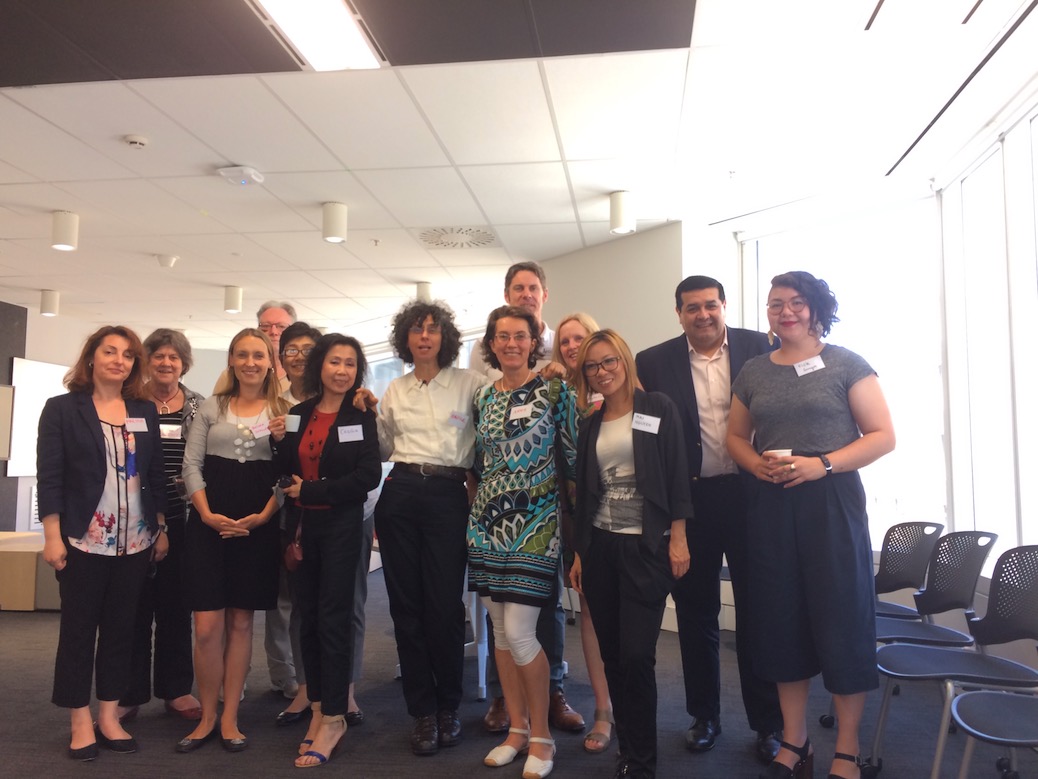
Dr. Anna Storck
